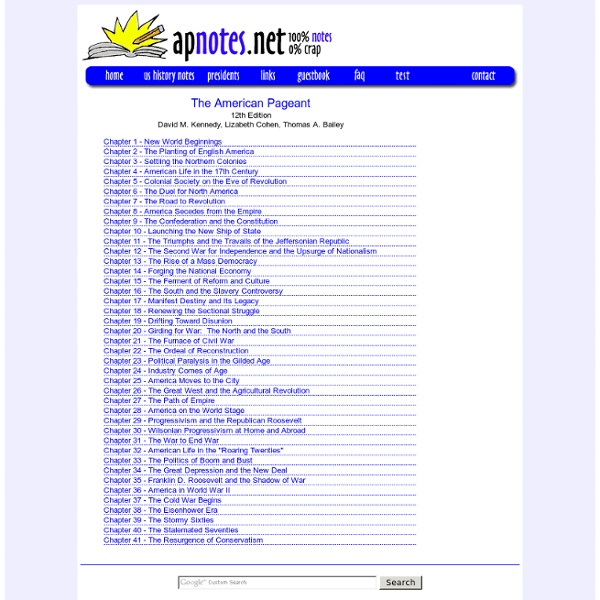



Today's Most Popular Study Guides Miscellaneous 2 Poetry, Poems, Bios & More Massachusetts Historical Society: Welcome! MLA Formatting and Style Guide Summary: MLA (Modern Language Association) style is most commonly used to write papers and cite sources within the liberal arts and humanities. This resource, updated to reflect the MLA Handbook for Writers of Research Papers (7th ed.) and the MLA Style Manual and Guide to Scholarly Publishing (3rd ed.), offers examples for the general format of MLA research papers, in-text citations, endnotes/footnotes, and the Works Cited page. Contributors:Tony Russell, Allen Brizee, Elizabeth Angeli, Russell Keck, Joshua M. Paiz, Purdue OWL StaffLast Edited: 2012-05-09 07:17:57 Please use the example at the bottom of this page to cite the Purdue OWL in MLA. To see a side-by-side comparison of the three most widely used citation styles, including a chart of all MLA citation guidelines, see the Citation Style Chart. You can also watch our MLA vidcast series on the Purdue OWL YouTube Channel. General Format MLA style specifies guidelines for formatting manuscripts and using the English language in writing.
Coming of the American Revolution Individuals and nations are moved to bold and decisive action not in the midst of calm but in the heat of strife. In the years between 1764 and 1776, America truly became a nation. Where before America had been a cluster of competing British colonies—with differing origins, goals, and policies—by 1776 colonists had forged a separate identity flexible enough to support not just revolution but nation building. By investigating the lives and events recorded in newspapers, official documents and personal correspondence from our collection, you will immerse yourself in the past and discover the fears, friction and turmoil that shaped these tumultuous times. Choose from the links below to begin your journey. If you’d like to learn more about how this site works, read "how this site is structured."
Khan Academy Boston Massacre Historical Society UC College Prep Open Access Ours…to fight for « Past is Present Paul Revere, "A Warm Place--Hell" (1765) It is probably not news to readers of this blog that The New York Times recently, and favorably, reviewed the American Antiquarian Society’s Grolier Club exhibition “In Pursuit of a Vision.” But readers familiar with the two societies neither will be surprised that the AAS has exhibited at the Grolier Club in the past (in 1967 with “A Society’s Chief Joys”) and contributed items from its own collections to many exhibitions held at and sponsored by the Grolier club, including: “Children’s Books” (1929) “Books, Prints, and Manuscripts by and relating to Dibdin” (1935-1936) “Engravings by Paul Revere” (1936, with an address by Clarence Brigham on March 19) “Prints and Drawings by Hans Holbein” (1937) “History of Navigation” (1938) “Frankliniana” (1939) “American Calligraphy” (1944) “Unique Books, Pamphlets, and Broadsides” (1944) “One Hundred Influential Books, 1640-1900″ (1946) “Caricatures Relating to America, 1760-1815″ (1946-1947)
AP* Study Notes - Free AP Notes Past is Present Boston 1775 History Map Archive Browse the Map Archive The art and history of cartography, aka mapmaking, goes back to ancient times. Or at least what they thought it could look like. Our English word map derives from the Latin word mappa, meaning napkin or cloth on which maps were drawn. The Map Archive This map collection is indexed chronologically and by continent. Some Map History and Trivia This little gem is a world map compiled around 700 to 500 BC by the ancient Babylonians: Babylonian World Map British Museum London See more details about this ancient map provided by the British Museum. And here is Herodotus' Map of the World. MAP OF THE WORLD — HERODOTUS Library of Congress, Washington, D.C. Comparing drawings from several lunar eclipses, Aristotle observed that Earth cast always a circular shadow on the moon, no matter the moon's trajectory. By 150 BC, the philosopher Crates had fashioned a globe, and others followed. Martin Behaim's 1492 Globe is the Oldest One in Existence More from the More History